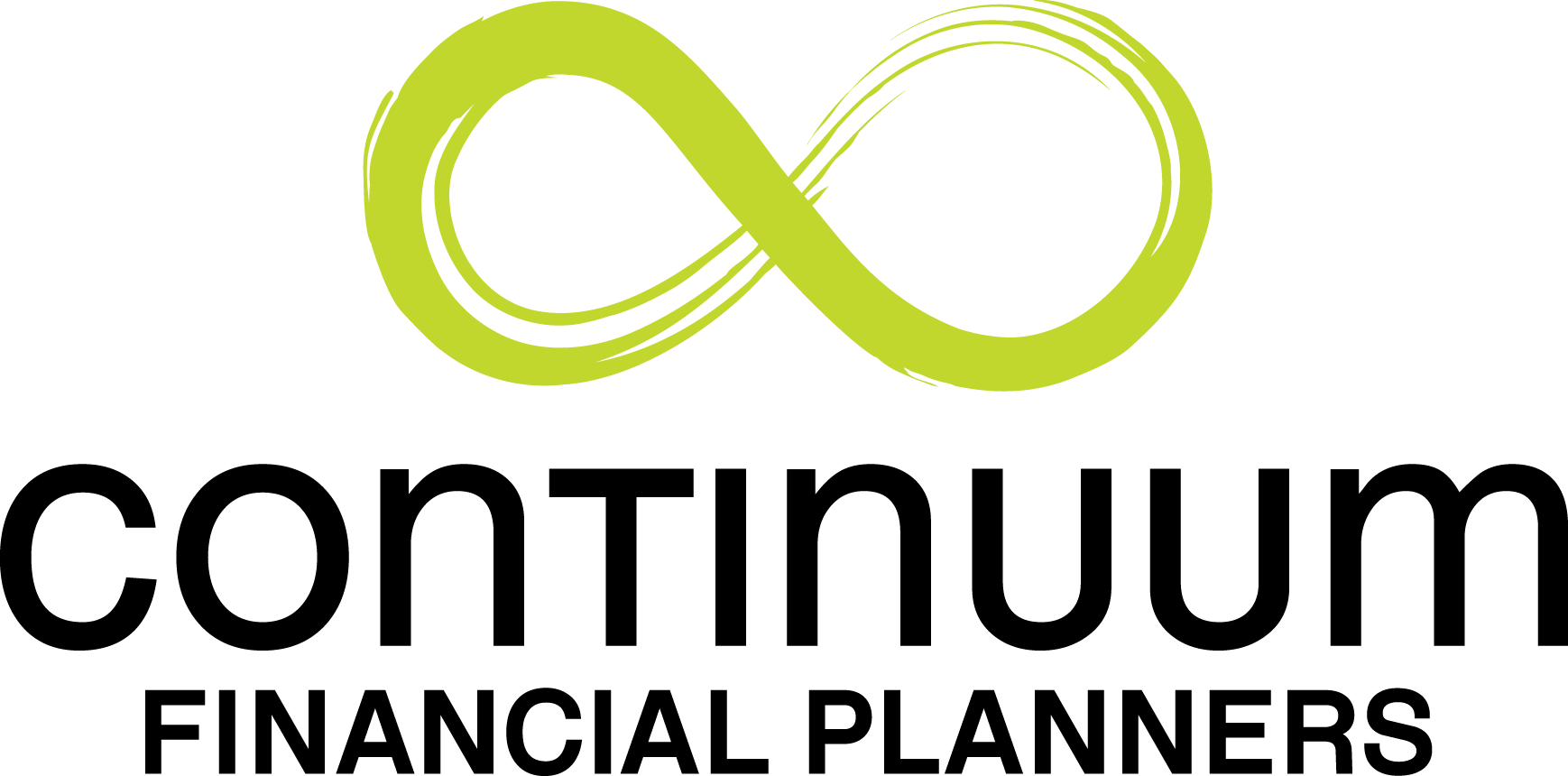Payments made by the trustee of a superannuation fund, following the death of a member, are Superannuation death benefits. They include all sums held by the trustee as a consequence of the passing of the member: this includes accumulated contributions, investment earnings – and the proceeds of any life insurance policy entitlements.
Where life insurance is involved, a superannuation death benefit may be substantial. When paid to eligible beneficiaries superannuation death benefits are concessionally taxed. Young members of superannuation funds need to consider this financial asset.
Note: A superannuation death benefit cannot be rolled over (to the superannuation account of the nominated beneficiary/ies).
Lump sum death benefits can be payable from –
- an employer,
- superannuation fund,
- approved deposit fund (ADF), or
- a life company,
and in these circumstances –
- On the conversion of, or payment of, a superannuation pension or annuity,
- On the conversion of a reversionary pension or annuity made within the later of:
- Six months of the death of the original recipient,
- Three months from the grant of probate.
The tax treatment of these benefits
The treatment of a superannuation death benefit for tax purposes will depend on
- the relationship the recipient has with the deceased; and
- the nature of the payment (i.e., lump sum; or pension).
A lump sum payment made to a tax dependant is tax-free. Benefits paid to non-tax dependants are subject to lump sum tax when they receive them.
A tax dependant
A tax dependant for these purposes is –
- a spouse or de facto spouse,
- an ex spouse,
- children under 18 years, or
- any other person who is financially dependent on the person at the time of death, or
- a person who had an interdependency relationship with the deceased.
An interdependency relationship applies where two persons, whether or not related by family:
- Have a “close personal relationship”, and
- Live together, and
- One or each of them provides the other with financial support, and
- One or each of them provides the other with “domestic support” and “personal care”.
Furthermore, the “interdependency relationship” definition can also be satisfied if –
- the two persons have a “close personal relationship” and
- the only reason they don’t satisfy the remaining conditions above, is because
- either or both of them suffer from a physical, intellectual or psychiatric disability.
Under superannuation laws current at the time of this update, all lump sum death benefit payments are tax free if paid to a tax dependant.
A non-tax dependant
Non-tax dependants will only be able to receive death benefit payments as a lump sum, with the taxable component taxed 15 per cent (if from a taxed fund) or 30 per cent (from an untaxed fund). The tax free component of a death benefit is always tax free.
Reversionary pensions will only be available to tax dependants. If the primary beneficiary was aged 60 or over at the time of death, then payments to the reversionary beneficiary would be exempt from tax. If the primary beneficiary was under age 60 at the time of death, the reversionary pension would be taxed at the reversionary beneficiary’s marginal tax rate (less any deductible amount and pension rebate) unless the reversionary beneficiary is age 60 or over, in which case it would be tax exempt.
A dependant child under 25 receiving death benefits as a pension receives that benefit exempt from tax –
- although when the child turns 25:
- the balance of the account must be paid as a lump sum (tax free),
unless the child is over 25 and permanently disabled.
The following tables illustrate the taxation treatment of death benefit payments to both dependants and non-dependants:
Death benefits paid to a tax dependant:
| Age of Deceased | Superannuation death benefit | Age of recipient | Taxation |
| Any age | Lump sum | Any age | Tax free |
| Aged 60 and above | Income stream | Any age | Taxed element is tax free. Untaxed element is assessed at marginal rates however you receive a 10 per cent tax offset. |
| Below age 60 | Income stream | Above age 60
Below age 60 |
Taxed element is tax free. Untaxed element is assessed at marginal rates, with a 10 per cent tax offset. =============================== Taxed element is subject to marginal tax rates and you receive a 15 per cent tax offset. |
Death benefits paid to a non-tax dependant:
| Age of Deceased | Superannuation death benefit | Age of recipient | Taxation |
| Any age | Lump sum | Any age | Tax element is subject to 15 per cent. Untaxed element is subject to 30 per cent tax. |
| Aged 60 and above | Income stream | Any age | Non-tax dependants cannot receive a death benefit income stream. If the income stream commenced prior to 1 July 2007, and is received by a dependant (see above), a 15 per cent tax offset is applied. |
ContinuumFP can help ensure your death benefits count when most needed…
Your wealth creation strategy is an important duty you owe to yourself to maximise every opportunity and situation. Even in death, there are opportunities to ensure that your dependants will inherit the maximum amount of what is in your estate. This is complementary with the important topic of Estate Planning. Proper consideration of how to disburse your superannuation death benefits is a significant step in the right direction.
To arrange an appointment with one of our experienced financial advisers to review your situation in these matters –
- phone our office, on on 07-34213456, or
- at your convenience, use the linked Book A Meeting facility.
Acknowledgement: we appreciate the contribution of the substantial portion of this article as was extracted from the Deutsche Asset Management’s sponsored Desk Caddie.
(This article was originally posted by us in December 2009. We occasionally update/ refresh it, most recently in July, 2025.)

